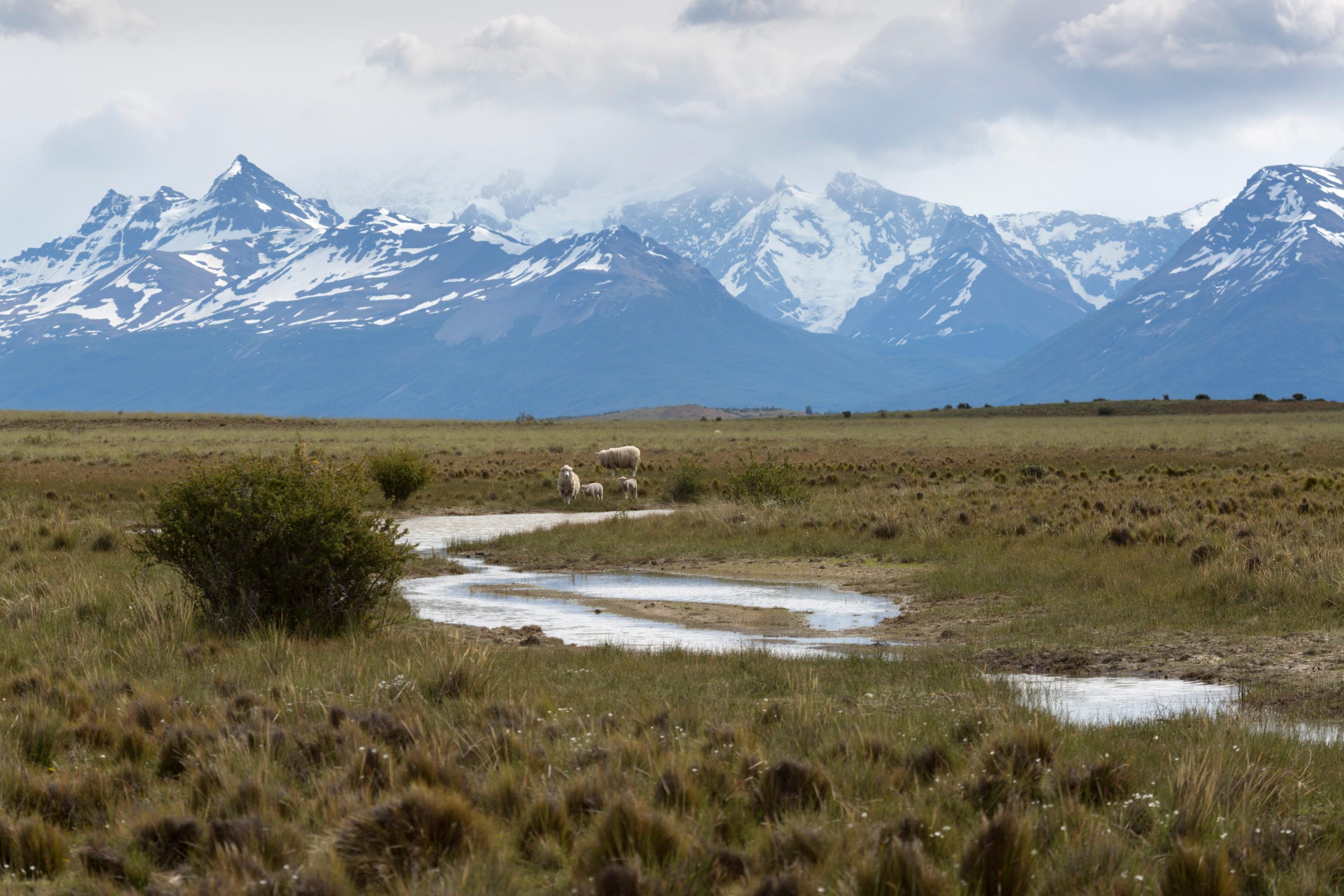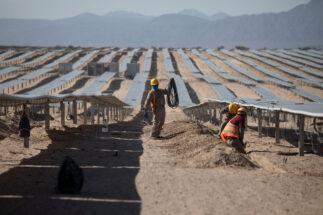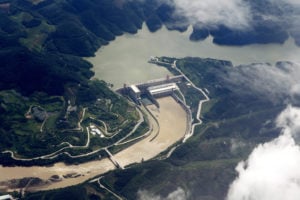Latin America will be especially vulnerable to the effects of climate change in the coming years, experiencing more pronounced changes in temperature, increasing precipitation and extreme weather events, according to the latest report by the Intergovernmental Panel on Climate Change (IPCC), the leading global body of climate experts.
The report, a comprehensive assessment of the current and future states of the global climate, found that human activity is unequivocally responsible for changing the Earth’s climate in ways “unprecedented” in thousands or hundreds of thousands of years. Some changes are even considered “irreversible” due to the rise in greenhouse gas emissions.
Emissions from human activities are responsible for approximately 1.1°C of warming between 1850 and 1900, the climate experts said. Over the next 20 years, global temperatures are expected to reach or exceed 1.5°C of warming, breaking the threshold set by governments in the 2015 Paris climate agreement and triggering more severe consequences.
It’s a “code red” for humanity, according to UN Secretary General António Guterres. “If we combine forces now, we can avert climate catastrophe. But, as the report makes clear, there is no time for delay and no room for excuses,” he said, calling on all countries to increase their ambition levels ahead of this year’s COP26 climate summit in Glasgow.
Only strong, rapid and sustained reductions in greenhouse gases this decade can prevent a climate breakdown, with every fraction of a degree of heating likely to compound the accelerating effects, according to the IPCC. This would mean for the global economy to shift to a low-carbon footing, leaving behind fossil fuels.
“It’s not a brand-new message but a stronger and more robust one. We have known for a long time that the climate is warming and that the cause is human activity, mainly the burning of fossil fuels. The new report strengthens the evidence based on the most recent science,” said Gregory Flato, vice-chair of IPCC group in charge of the report.
IPCC identifies Latin America’s climate challenges
The IPCC found that temperatures have very likely increased in all subregions of Latin America and will continue to do so at rates faster than the global average. Mean precipitation is also projected to change, with increases expected in North-West and South-East South America and decreases in North-East and South-West South America.
Over the last three decades, the sea level has increased at a higher rate than the global mean in the South Atlantic and the subtropical North Atlantic, and at a lower rate in the East Pacific. This is expected to continue, contributing to increased coastal flooding in low-lying areas and shoreline retreat along most sandy coasts, the IPCC said.
Glacier loss and permafrost thawing will likely continue in the Andes mountain range under all greenhouse gas emissions scenarios in the report, causing important reductions in river flow and potentially high-magnitude glacial lake outbursts. Aridity, and agricultural and ecological droughts – episodic water scarcity that pushes an ecosystem beyond a tipping point – are also expected to accelerate in several countries.
“Latin America has historically been a region with more limited information on climate change amid a smaller scientific community. This has led to us being unrepresented in the IPCC reports,” Maisa Rojas Corradi, a Chilean IPCC author, said. “But now we have more authors in the new report, providing information to their own communities.”
Latin America accounts for 5% of global emissions, mostly from the energy sector, agriculture and land use change. But the share is rising as countries continue to develop fossil fuels. Investing in renewable energy and reducing deforestation could prevent emissions from continuing to escalate, experts say.
Last year, the 33 countries of the region allocated US$318 billion to fiscal and stimulus measures to alleviate the economic impacts of the pandemic, of which only $46 billion (2%) qualifies as ‘green’, according to a new UN platform. The percentage is significantly lower than the 19% it calculates as the global average.
“The world is pushing ecosystems to their limits and they cannot continue to ignore our contributions to tackle climate change,” said Tuntiak Katan, leader of the Shuar indigeneous community in Ecuador. “Indigenous and local communities protect forests. Without us, the 1.5ºC [target] will be out of reach. Climate policies must enforce rights to our forested territories so that we can keep them standing.”
IPCC’s new report
The report is the culmination of a marathon five-year assessment, writing, review and approval process from 234 leading scientists hailing from more than 60 countries. These scientists have worked together to rigorously evaluate the world’s climate change research, more than 14,000 papers.
The IPCC was first established in 1988 by the UN and the World Meteorological Organization. Their aim was to provide policymakers with regular and comprehensive scientific assessments on climate change as it became a more widely recognised global concern.
These reports assess the scientific basis of climate change, its impacts and future risks, and options for reducing emissions and adapting to its effects. They contain findings, and state the confidence with which the finding is made, but do not recommend action. This is the sixth time an assessment report has been published.
If we combine forces now, we can avert climate catastrophe. But, as the report makes clear, there is no time for delay and no room for excuses
“It’s an important moment in the lead-up to COP26 because it is all about certainty – certainty of the scale of the climate crisis and humankind’s role in driving extreme weather events, certainty of how much we have changed the planet, and certainty that things will continue to get worse unless we immediately change course,” said Manuel Pulgar-Vidal, global climate & energy lead at WWF.
The IPCC said it’s “unequivocal” that human influence has warmed the atmosphere, ocean and land. Each of the last four decades has been successively warmer than any decade that preceded it since 1850. Globally, average precipitation has increased and climate extremes are getting more common around the world.
The warming we’ve experienced to date has already made changes to many of our planetary support systems that are irreversible. The oceans will continue to warm and become more acidic. Mountain glaciers, such as those of the Andes, along with the poles, will continue melting for decades or centuries.
With every increment of global warming, changes become more extreme. For example, every additional 0.5°C of global warming causes clearly discernible increases in the intensity and frequency of hot extremes, including heatwaves, and heavy precipitation, as well as droughts.
“We are steering the planet on the course to disaster. Indigenous peoples around the world have felt this environmental crisis but we are resilient because we have strategies. What we need is firm commitments from global leaders to support us so we can continue the fight for our land and lives,” said Sineia do Vale, environmental manager at the Indigenous Council of Roraima in Brazil.









